Monica Cheru recently in Hwange
Hwange Unit 7 is gradually upping output into the national grid and was at 150MW as of Friday March 24 as shown by the digital meter in the control room during Zim Now’s visit to the site.
This is a +300 percent hike from when the unit was synchronised on March 20 with an output of 41MW.

“The unit is expected to reach its 300MW capacity output into the grid soon. It actually has capacity for 330MW but the other 30MW is reserved to power the station,” a specialist engineer at the site said.
Unit 8 with equal capacity is almost done and expected to also add its much needed share into the national grid in the second or third quarter.
Initially announced to be synchronised in the last quarter of 2022, the delays in getting Unit 7 and 8 on board came at a particularly painful period as Kariba power supply fell from 900MW to less than 200MW due to drastically low levels in the dam.
The technical experts on the ground say that the delays were unavoidable and mean that the country can expect the units to works smoothly when synchronised.
“The testing systems here are thorough and of a very high standard,” said Engineer Billary Adams.
Adams, a local engineer working for Sinhydro, the Chinese contractor responsible for Hwange Unit 7 and 8, said that he has gained much experience and skill in his two years on the job.
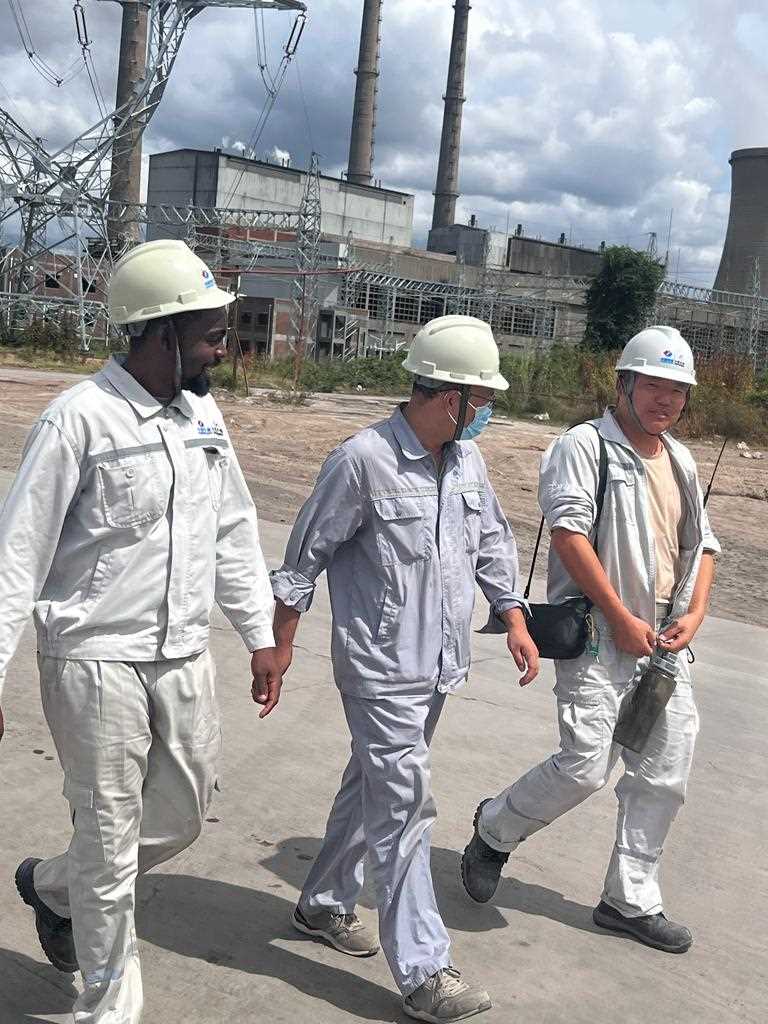
“I am an electrical engineer. I joined Sinohydro after completing my programme at the University of Zimbabwe. I have found my niche is testing engineering,” said Adams.
He said that the Chinese engineers are great at the game and very generous with their knowledge and he has gained diverse experience through the various projects that Sinohydro is undertaking in other parts of the country.
Adams is confident that with the high level skills transfer happening as locals work alongside Chinese engineers, the country is building a good human resources base to maintain the infrastructure with minimal skills importation.
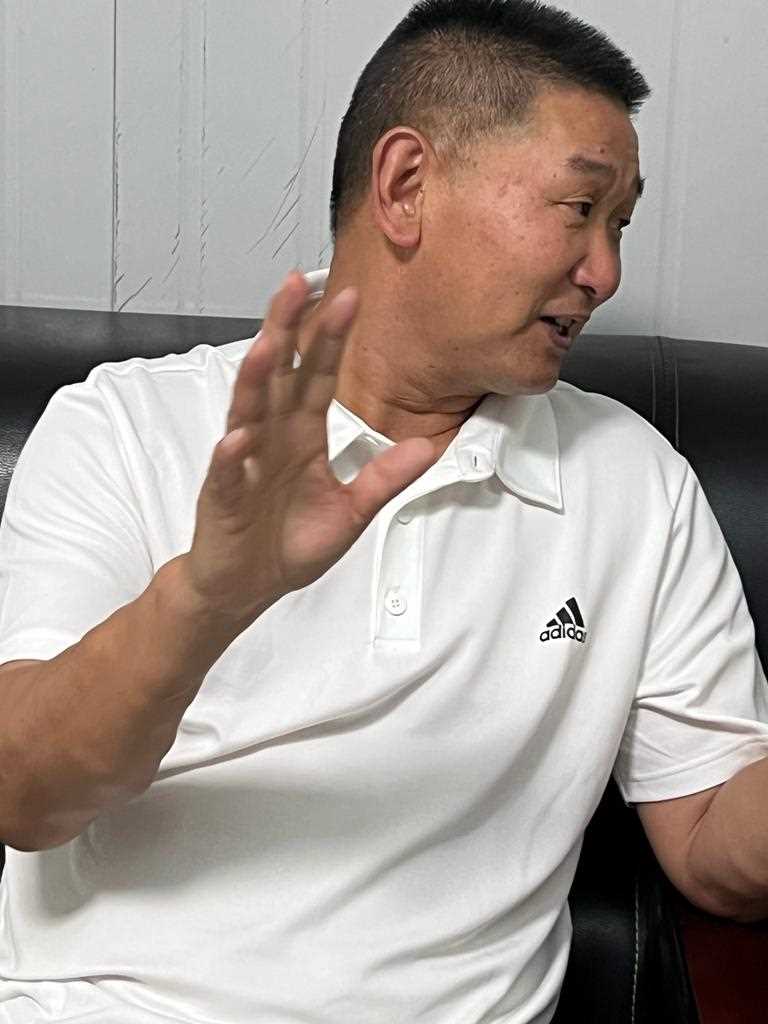
Head of Sinhydro Hwange Project Office Wang Changcheng, says that a shared culture of hard work and the zeal to succeed has helped mesh the Zimbabwean and Chinese technical staff into the superlative team they have become.
Load shedding far from over
Zimbabweans who have been enduring long hours of load shedding have not been particularly excited about Hwange unit 7 finally coming on board, mostly because they have not felt the impact where it matters.
“Congratulations but we are yet to see any improvements on load shedding,” tweeted @LPfumela in response to a post announcing the synchronisation.
“l think the news should focus on when we will get normal supply of power because it won’t make sense if we still get the same load-shading,” @manfredmakiseni.
“Where is the power going? We are still in the dark,” asked another Zimbabwean on a WhatsApp group.
An electrical engineer who spoke to Zim Now and declined to be named explained that the increase has to be gradual and impact cannot be noted immediately:
“The maximum output of the new units cannot just be dumped into the national grid as it could literally fry the infrastructure as well as machinery and appliances on the user end.
Related Stories
“Also it is possible that since we are importing electricity government could opt to cut its import bill by maintaining the same level of power levels and replacing foreign MWs with Hwange output,” he said.
Is there light ahead?
Zimbabwe Electricity Transmission and Distribution Company has said that things will improve in the second half of the year when both the new units at Hwange Thermal Power Station are online and the Zambezi River Authority increases water allocation for power stations.
“We are expecting Kariba South to generate around 775MW from the current 350MW following an anticipated water level improvement from May. Also, we are expecting Hwange 7 and 8 to add 600MW to the current 324 to reach above 1000MW,” generation at Kariba Hydro-electric Power Station ZETDC acting managing director Howard Choga recently said.
Zimbabwe’s power demand is at just over 2000MW and rising as new mines are opened, industry capacity utilisation increases and new settlements go up.
Kariba water levels remain lower than 2022 when the levels proved inadequate and if that situation becomes the de-facto status for 2023, that means the country should plan for even less generation from the 900MW capacity station.

With government moving to licence new independent power producers and exploring the viability of the industry, the country could see meaningful power output from the sector that is currently contributing negligible figures to the national grid.
Some large corporate players have opted for self-sustenance through commissioning solar power generations plants thereby reducing demand on the national grid and also creating the potential to feed their excess into the same.
Individuals are also increasingly turning to solar alternatives to reduce disruptions due to power outages.
Other factors that need urgent attention
While load shedding and power outages are unlikely to go away any time soon, the situation should improve noticeably once Hwange Unit 8 comes online.
But the power supply field has other challenges that should be tackled urgently.
There is the old infrastructure which means never ending breakdowns especially at old Hwange units. Clearly maintaining and repairing obsolete infrastructure is just bleeding the nation as the law of diminishing returns means only the companies contracted to do jobs are benefiting from the current scenario.
Until the old units are properly refurbished, the station’s only dependable output will be from the new units and that is not enough to solve Zimbabwe’s power woes.
ZETDC has cited vandalism by thieves targeting cables and transformers as the main reasons why some areas have constant disruptions to power supplies and might have to go for days or even weeks before restoration.
In August 2022 Zesa Holdings revealed that it has lost 1 282 transformers worth nearly US$500 million in five years due to theft driven vandalism.
In 2021 alone the utility authority lost 288 transformers against a production of 281 transformers.
This is costing the nations precious resources in replacing stolen items.
Police, business and communities will have to come up with viable security solutions to guard infrastructure. More punitive punishments for convicted thieves may be a deterrent worth considering.

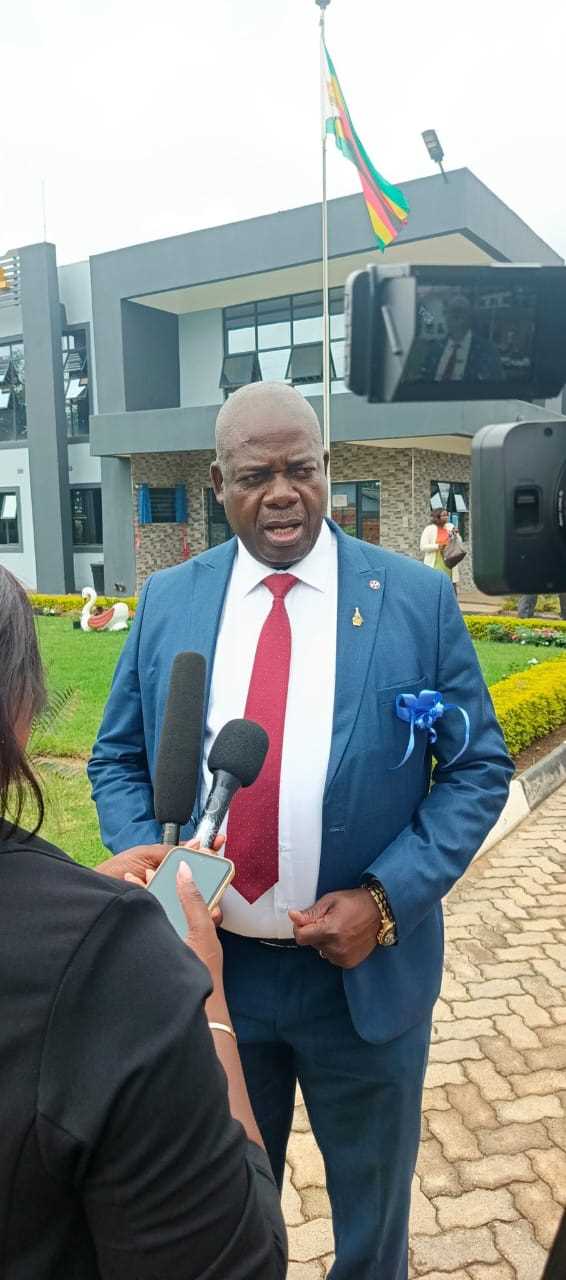



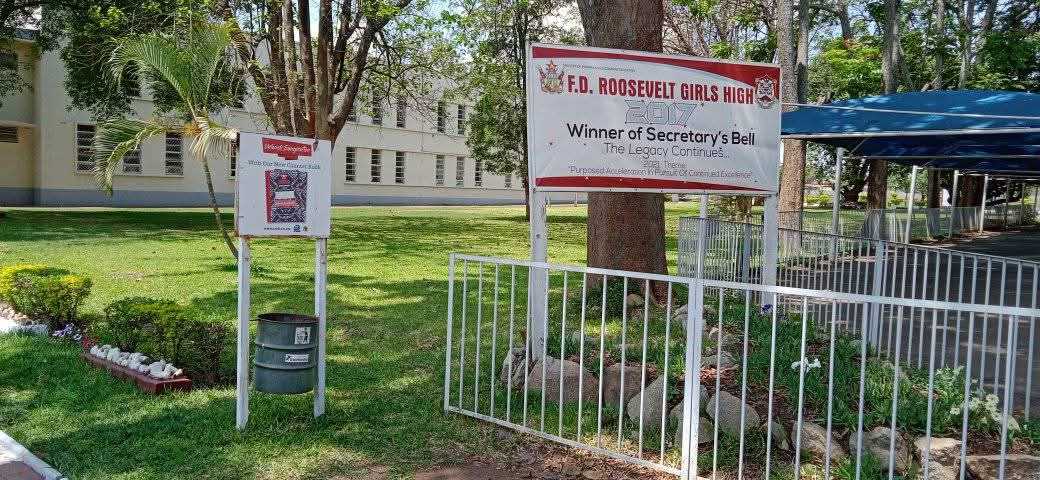




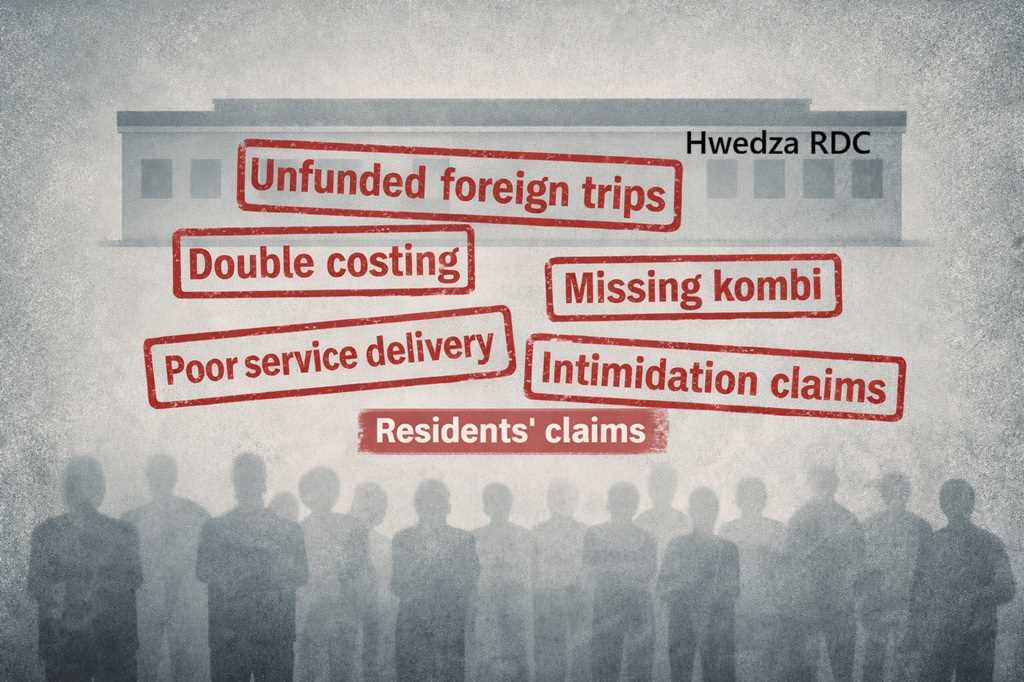








Leave Comments